News Beat
News Beat reporting is an idrw.org initiative to let our Readers to report News Based on Actual facts but some how has not been reported in Main Stream Media .
SOURCE: RAUNAK KUNDE / NEWS BEAT / IDRW.ORG
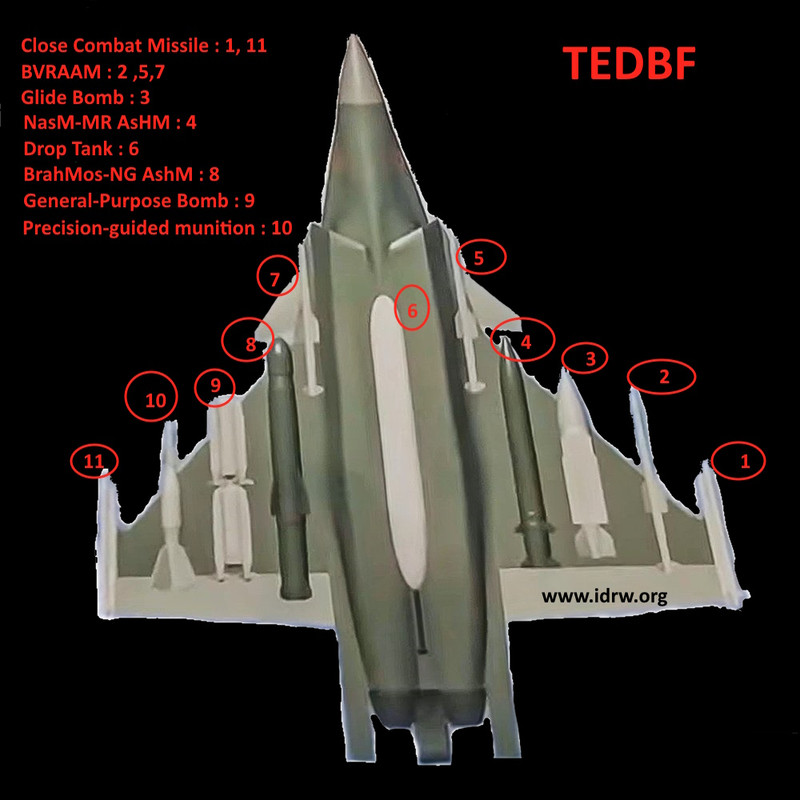
The Defense Research and Development Organization (DRDO) has provided further insights into the features of the upcoming Twin Engine Deck Based Fighter (TEDBF) program, emphasizing its Manned-Unmanned Teaming (MUM-T) capabilities. This 26-ton deck-based fighter, often referred to as a 5th Minus Generation category aircraft, is set to replace the Russian Mig-29K fighter jets on Indian aircraft carriers.
Manned-unmanned teaming is a revolutionary concept in military aviation, involving the integration of unmanned autonomous systems into mission planning. The primary objective is to expand mission parameters and tactical capabilities while minimizing risks to human and technological assets, especially in uncertain or hostile environments.
Continue readingSOURCE: RAUNAK KUNDE / NEWS BEAT / IDRW.ORG
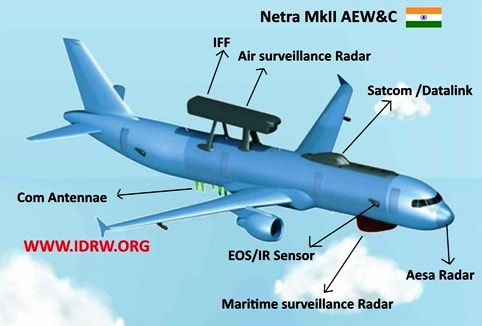
The Defence Research and Development Organisation (DRDO) is set to receive the first AESA-based Primary Radar (PR) with long-range for the AEW&C MK-II Program by mid-2024. DRDO will soon commence integration work on the Six Airbus A-321 aircraft that were acquired from Air India before it was sold to Tata Group.
AEW&C MK-II is designed to provide Long Endurance and enhanced Coverage of operation. It will be capable of searching, Detecting, Tracking, Identifying, integrating sensor Data, and communicating air Situation Pictures to Ground and Air Stations. It will also have a Self Protection Suite (SPS) with a Missile Approach and Warning System, Radar Warning Receiver & Counter Measures Dispensing System.
Continue readingSOURCE: RAUNAK KUNDE / NEWS BEAT / IDRW.ORG
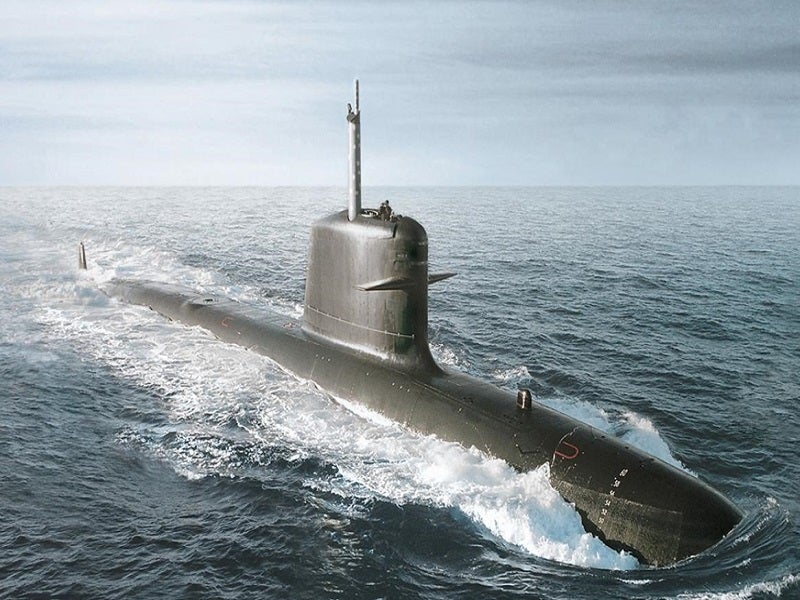
Mazagon Dock Shipbuilders Limited (MDL) is set to submit a price bid next month for the construction of three follow-up Kalvari class submarines equipped with an indigenously developed Air Independent Propulsion (AIP) system. This advanced propulsion system is expected to significantly enhance the underwater endurance of the submarines.
The Indian Navy has already issued a letter of intent (LOI) to MDL for the procurement of these three submarines. The LOI also calls for increased indigenization of critical components and the replacement of obsolete systems. The estimated cost of each submarine with the AIP system is around $1.2 billion, bringing the total value of the project to approximately $3.5 billion.
Continue readingSOURCE: RAUNAK KUNDE / NEWS BEAT / IDRW.ORG

In a move signalling deepening defence ties, the United States has extended its expertise in manpower to support India’s Advanced Medium Combat Aircraft (AMCA) program. The collaboration, rooted in shared concerns over China’s expanding influence in the Indo-Pacific, aims to bolster India’s indigenous capabilities in the defence sector and foster long-term cooperation beyond its traditional defence partnership with Russia.
The collaborative effort spans various technological domains, with joint initiatives announced in jet engine production, semiconductors, and space technology. This strategic partnership not only addresses India’s aspirations to develop a self-sufficient defence industry but also aims to enhance technological competence across diverse sectors.
Continue readingSOURCE: RAUNAK KUNDE / NEWS BEAT / IDRW.ORG
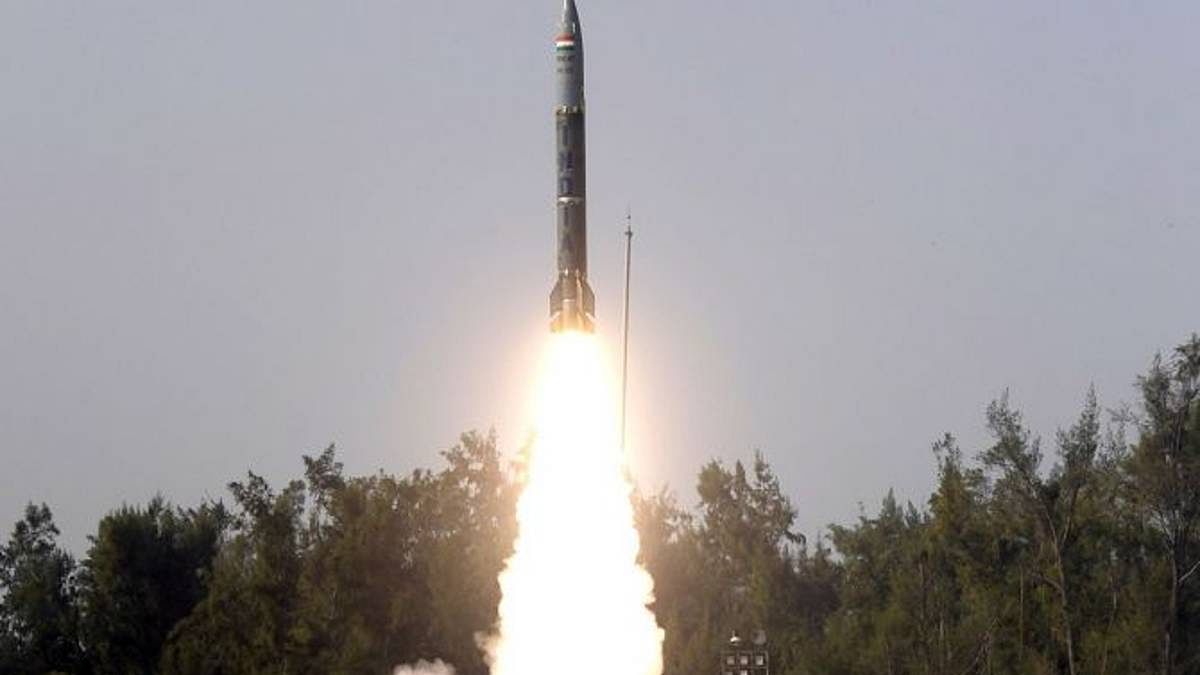
In the face of ongoing military tensions with China, India is steadily progressing towards the establishment of an Integrated Rocket Force (IRF), a strategic move to bolster its defence capabilities. At the forefront of this development is the introduction of “Pralay,” a quasi-ballistic surface-to-surface missile boasting a formidable range of 500 kilometres. While Pralay takes the lead as the first tactical missile to be inducted into the IRF, it is only the beginning of a broader missile system overhaul.
The Defense Research and Development Organization (DRDO) is actively engaged in the development of an advanced missile, designed to avoid interceptor missiles effectively. This new tactical missile is set to revolutionize India’s defence capabilities with its unique features. One of the standout attributes is its ability to alter its trajectory midair after covering a specified range, enhancing its evasive capabilities.
Continue readingSOURCE: RAUNAK KUNDE / NEWS BEAT / IDRW.ORG

The Indian Air Force (IAF) had given a lukewarm response to the developers of the Twin-Engine Deck Based Fighter (TEDBF) when they mooted a proposal to develop an Air Force variant of the jet called OCRA in late 2021. The IAF is instead showing more support to the 5th-generation AMCA program since it also will be a 25-ton fighter jet.
The TEDBF concept was first showcased at Aero India 2021. The jet is designed to operate from the Indian Navy’s Short Take-off But Arrested Recovery (STOBAR) aircraft carriers, INS Vikramaditya and Indigenous Aircraft Carrier 1 (IAC 1). The TEDBF features twin engines for better short take-off performance.
Continue readingSOURCE: RAUNAK KUNDE / NEWS BEAT / IDRW.ORG
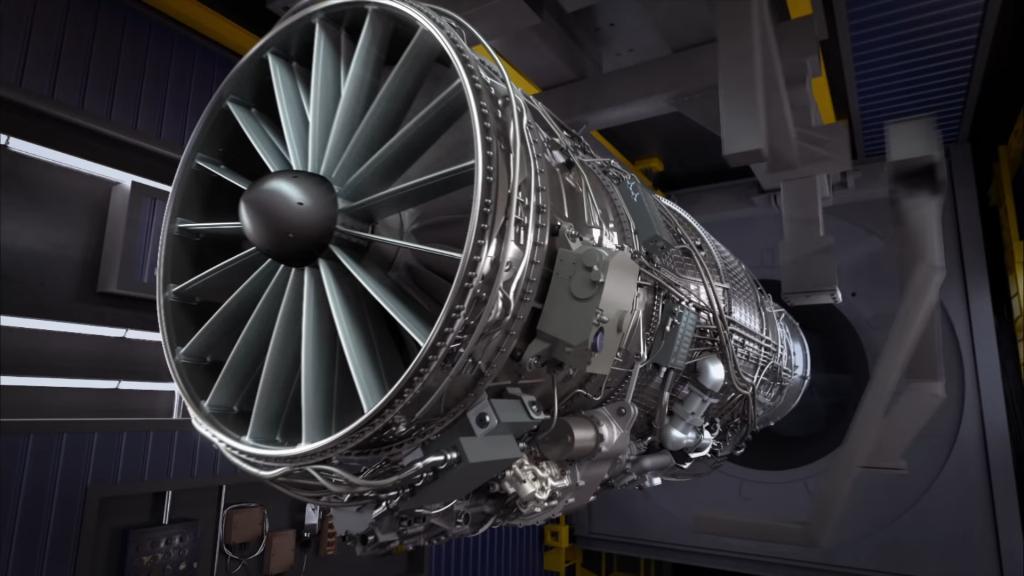
DRDO Chief Samir V Kamat has revealed that the first squadron of the AMCA’s 5th generation, called MkI, will be powered by GE-supplied F-414 engines. However, a later squadron of upgraded AMCA called MkII will feature a new high-thrust weight class engine that will incorporate sixth-generation technology.
To develop this sixth-generation engine, DRDO plans to collaborate with a foreign OEM to reduce development risks and expedite the process, aiming to complete development within 10 years. Kamat stated that DRDO is in discussions with French Safran, British Rolls-Royce, and American GE for this partnership and intends to finalize a deal with one of these companies within the next six months.
Continue readingSOURCE: RAUNAK KUNDE / NEWS BEAT / IDRW.ORG

Chief of Naval Staff Admiral R Hari Kumar recently announced ongoing reviews regarding the potential integration of unmanned surveillance aircraft (UAVs) for carrier operations within the Indian Navy. The announcement came in the wake of the Royal Navy’s successful trial of the largest-ever uncrewed aircraft launched from an aircraft carrier, codenamed ‘Mojave.’
The ‘Mojave’ aircraft, operated remotely by a computer terminal ‘pilot,’ demonstrated its capabilities by taking off from and safely landing on the HMS Prince of Wales during a unique trial off the East Coast of the USA. With dimensions of nine meters in length, a wingspan of 17 meters (six meters wider than an F-35B Lightning stealth fighter), and a weight exceeding 1½ tonnes fully loaded, ‘Mojave’ represents a groundbreaking achievement in uncrewed aerial systems.
Continue readingSOURCE: RAUNAK KUNDE / NEWS BEAT / IDRW.ORG

DRDO chief Dr. Samir V. Kamat has confirmed that the LCA Mark 2 fighter aircraft prototype will be rolled out within a year and developmental flight trials will be completed by the end of 2027. On September 1, 2022, the Cabinet Committee on Security (CCS) cleared ?10,000 crore for Tejas Mark 2, which includes prototype development and flight testing.
The 17.5-tonne single-engine aircraft will take its first flight by the end of 2025. Plans are to complete initial developmental flight trials in two years post which the IAF will take care of the weapons certification process once it enters production from 2029 onwards.
Continue readingSOURCE: RAUNAK KUNDE / NEWS BEAT / IDRW.ORG
Despite recent reports in Russian media suggesting ongoing discussions between Russia and India regarding the co-development of the Su-57 fighter jet, People familiar with the matter have told idrw.org that India will maintain its distance in the project. This decision stems from several factors, including concerns over the Su-57’s capabilities, India is keen to focus on developing its own indigenous 5th-generation fighter jet, the AMCA, and past disagreements with Russia over the FGFA program.
India’s initial interest in the Su-57 was primarily driven by its stealth capabilities and potential as a cost-effective alternative to Western fighter jets. However, subsequent evaluations have raised concerns about the Su-57’s overall performance, particularly in terms of its engine technology, radar systems, and electronic warfare capabilities.
Continue readingSOURCE: RAUNAK KUNDE / NEWS BEAT / IDRW.ORG
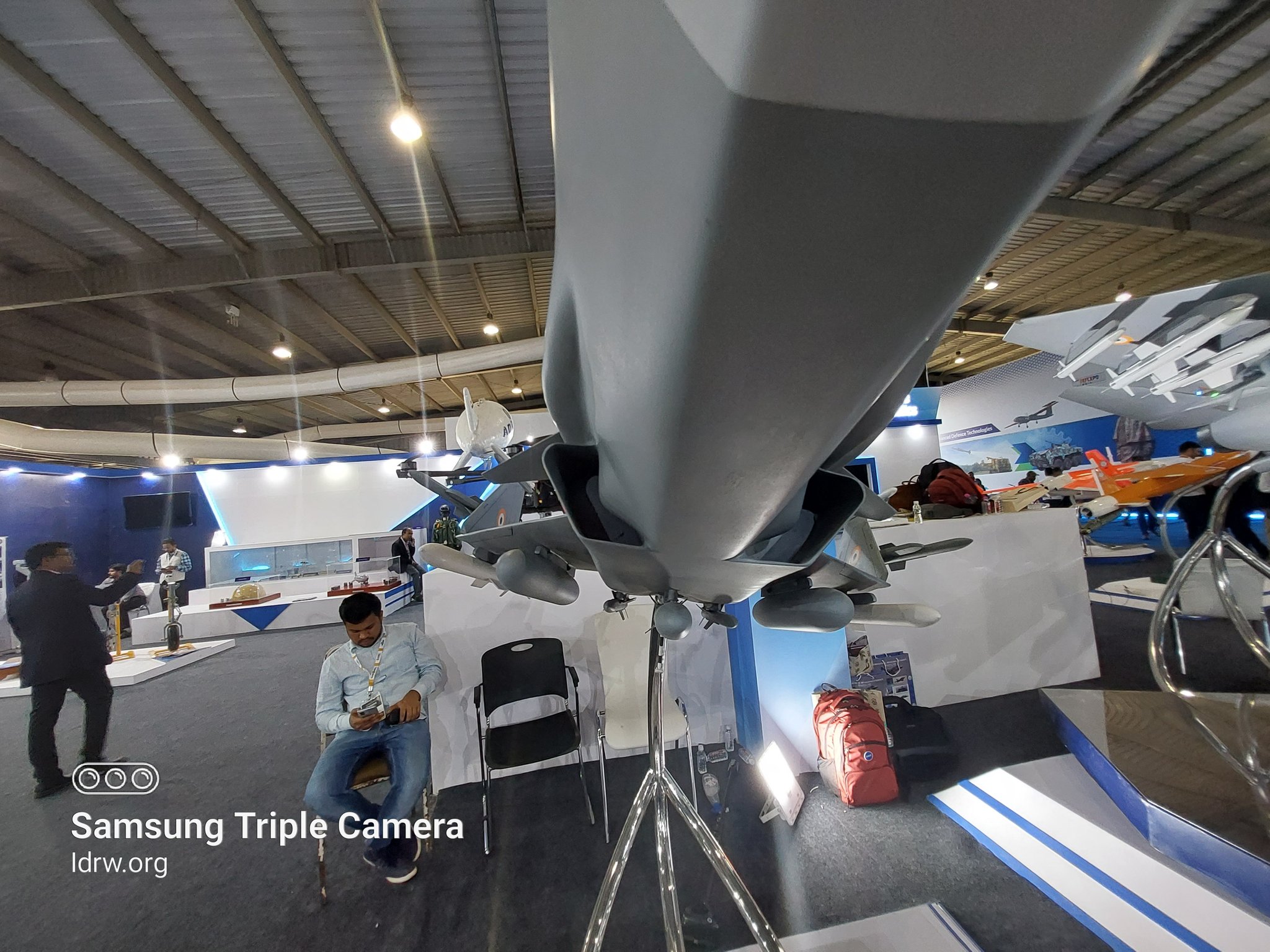
As technology propels the evolution of aerial warfare, the Defense Research and Development Organization (DRDO) has confirmed that the Indian Navy’s upcoming Twin Engine Deck Based Fighter (TEDBF) will forego the traditional internal 30mm cannon seen in fighter jets. The 26-ton TEDBF, slated to replace the Russian Mi-29K fighter jets for Indian Aircraft carrier operations, will opt for a podded 30mm cannon, a design choice aligning with modern air combat trends.
Unlike its predecessors, the TEDBF will house the 30mm cannon in a pod attached to the centerlines between the weapons bays. This configuration enhances the fighter jet’s versatility, making it well-suited for engaging ground or sea-based targets. However, it may diminish its effectiveness in close-in dogfights with other aircraft, a scenario where internal cannons traditionally played a crucial role.
Continue readingSOURCE: RAUNAK KUNDE / NEWS BEAT / IDRW.ORG
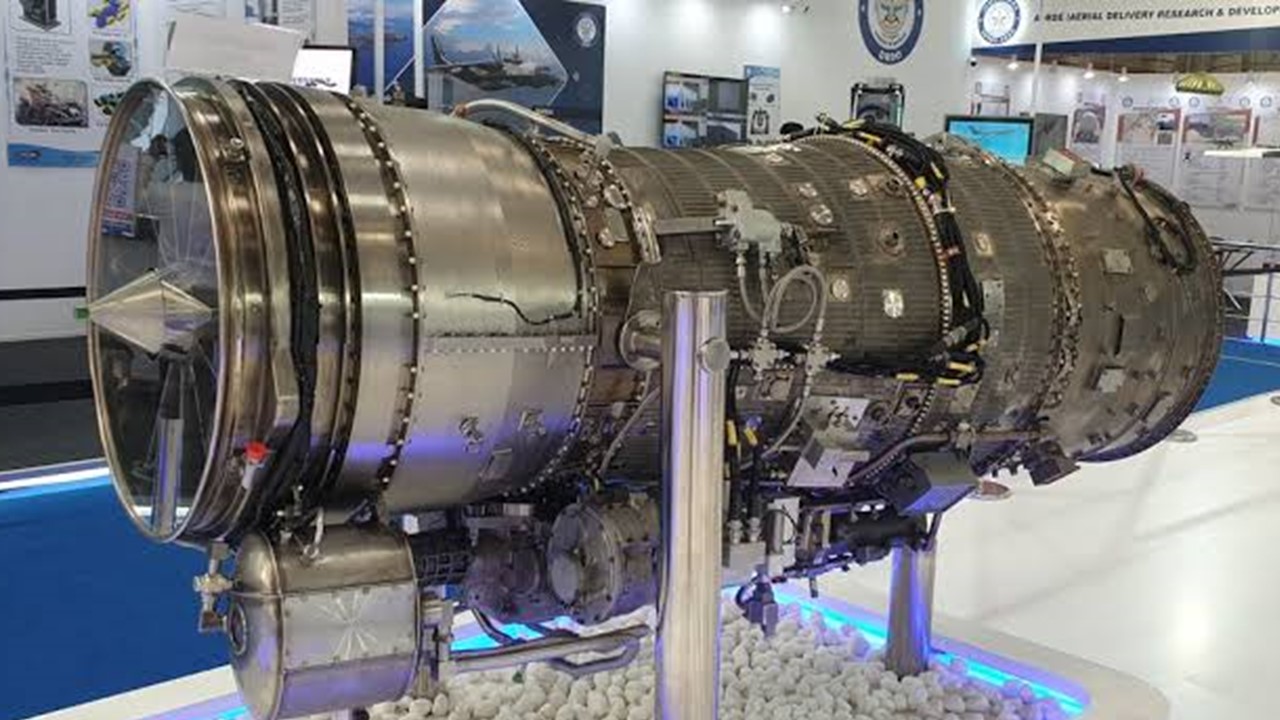
In a significant leap forward for India’s aero-engine capabilities, the Defence Research and Development Organization (DRDO) joined forces with Godrej Aerospace in September 2022 to manufacture eight Kaveri engines. This collaboration marks a crucial milestone in the development of the Kaveri engine, aiming to conduct comprehensive trials before the anticipated completion of all tests by 2025.
The agreement with Godrej Aerospace signals a strategic move to accelerate the limited-scale production of the Kaveri engines. These engines represent a leap forward from earlier prototypes, which were based on the older Kaveri engine developed almost a decade ago. The Dry Kaveri engine program involved substantial modifications and improvements to address previous challenges, resulting in a more advanced and stable iteration.
Continue readingSOURCE: RAUNAK KUNDE / NEWS BEAT / IDRW.ORG
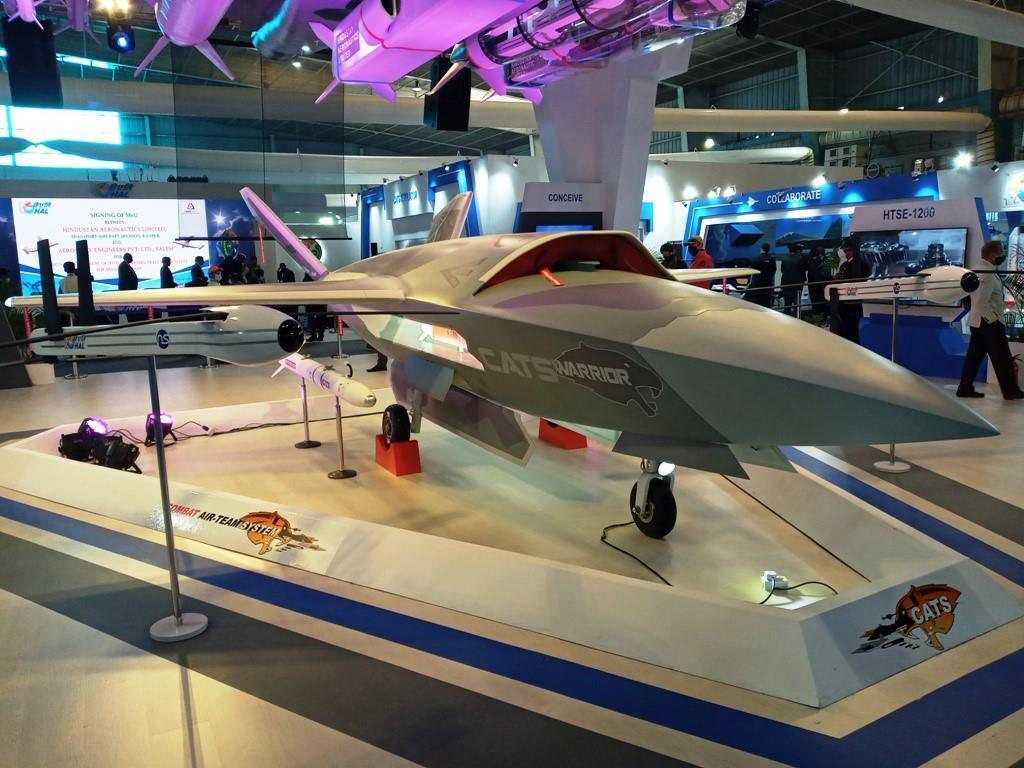
In a significant development, the Indian Air Force (IAF) is making strides in the realm of Manned-Unmanned Teaming (MUM-T), with Air Marshal Radhakrishnan Radhish highlighting the progress during the Dubai International Air Chiefs’ Conference. The IAF’s exploration of this cutting-edge concept is set to reshape the landscape of combat aviation, ushering in an era where autonomous assets collaborate seamlessly with manned platforms.
Air Marshal Radhish emphasized that the integration of MUM-T is an ongoing initiative, projecting a timeline of “10-20 years” before Combat Air Vehicles (CCAs) operate autonomously alongside manned assets. The MUM-T concept envisions a collaborative ecosystem where piloted aircraft and unmanned vehicles work in tandem, leveraging the strengths of both to enhance mission effectiveness and operational capabilities.
Continue readingSOURCE: RAUNAK KUNDE / NEWS BEAT / IDRW.ORG
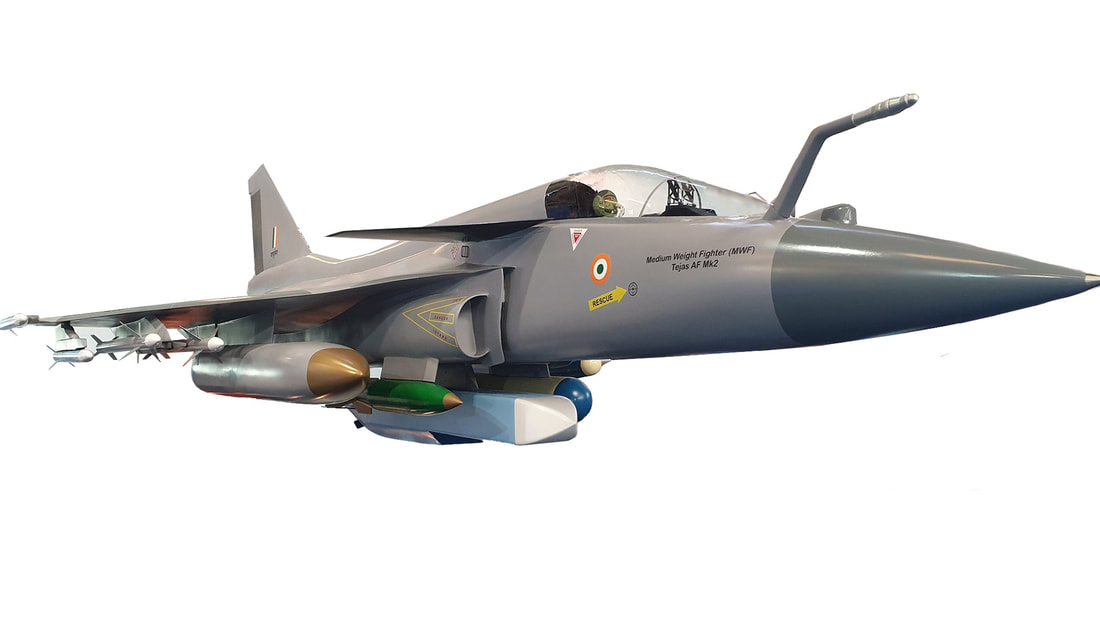
The global market for fighter jets is undergoing a significant transformation, marked by an unofficial boycott of Russian and Chinese offerings. Many nations, aligning themselves with the West, are reevaluating their procurement plans and turning away from fighter jets originating in Russian and Chinese arsenals. The primary driver behind this shift is the ongoing geopolitical realignment, with Russia and China forming one camp and the rest aligning with Western-backed campaigns.
While the demand for fighter jets is on the rise, not every nation can afford the high costs associated with American 5th-generation offerings like the F-35. In response, several countries are exploring more cost-effective options, turning their attention to Asian countries such as South Korea for the procurement of affordable and low-cost fighter jets like the FA-50, based on the T-50 Trainer aircraft.
Continue readingSOURCE: RAUNAK KUNDE / NEWS BEAT / IDRW.ORG

The Indian Air Force (IAF), through the Air Officer Commanding of the 12 Base Repair Depot, Air Force, representing the Head Quarter Maintenance Command, has issued an Expression of Interest (EoI) to Indian firms capable of designing, developing, testing, and delivering ‘Expendable Low-Cost Target Drones.’ This initiative aims to enhance training for personnel engaged in Counter Unmanned Aerial Vehicle (CUAV) Systems.
The project emphasizes the importance of indigenous components, software, and technology to align with the ‘Aatmanirbhar Bharat’ goal, fostering self-reliance and innovation in the defence sector.
Continue reading